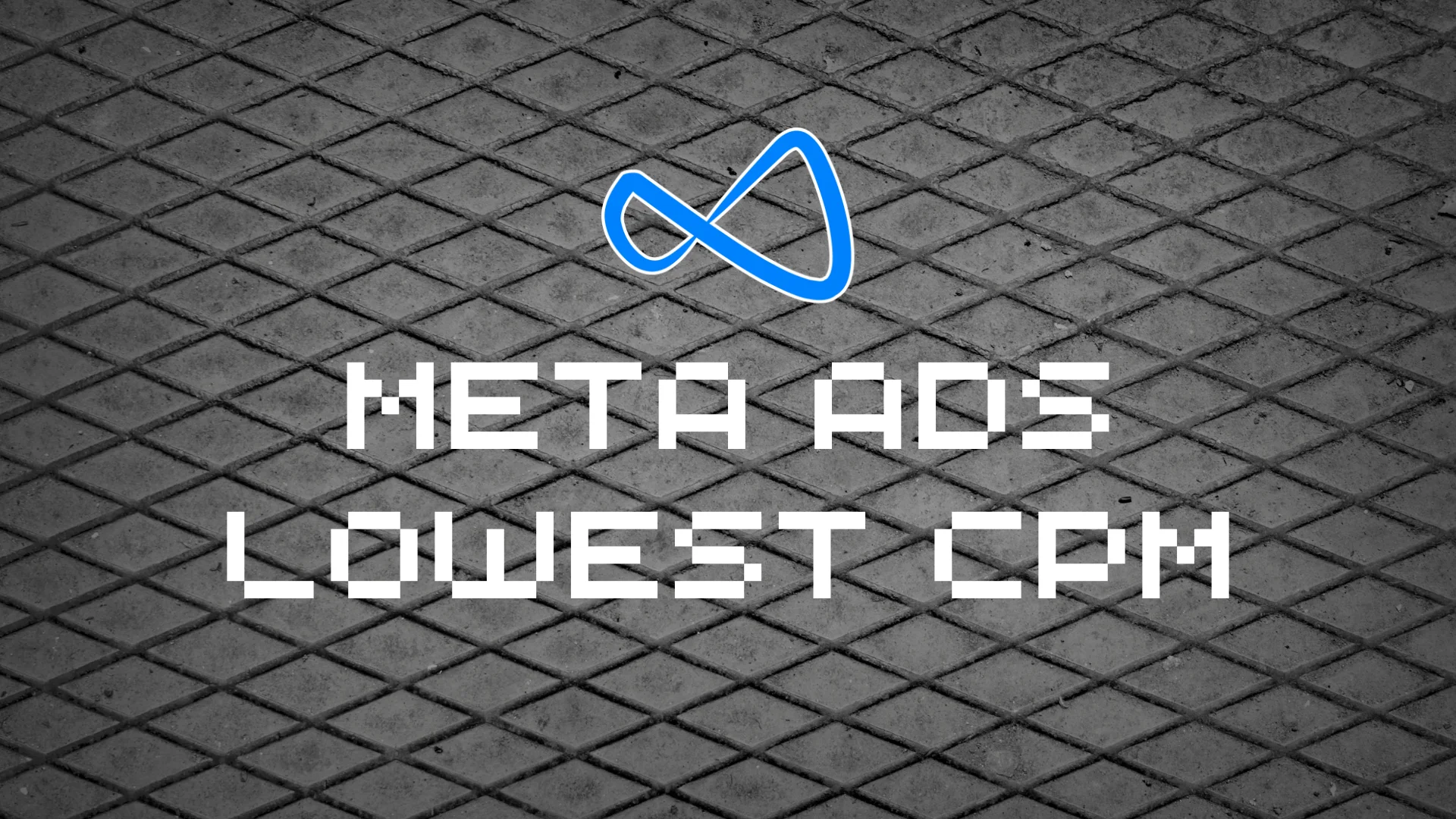When you imagine a toolshed, buckets probably aren’t the first thing that comes to mind. Hammers, wrenches, screwdrivers — these tools make sense. And sure, maybe one bucket makes the cut. But multiple buckets? Not so much. That is, unless, you’re talking about a content marketing toolshed. Let’s walk through the basics of content buckets and why they’re important to building an effective content strategy.
**What Is a Content Bucket?**
A marketing content bucket is a categorization tool used to organize content into specific themes or topics. Each bucket contains content that shares a common theme, making it easier to plan and distribute across various marketing channels. This approach helps in maintaining a balanced and diverse content strategy.
**Content Buckets vs. Content Pillars**
Buckets and pillars are both ways of coordinating, categorizing, and rotating content, but they work at different levels. Think of buckets like blog categories. Only, instead of making it easier for readers to navigate your website, you’re making it easier for your team to create relevant content. How? By giving them clearly defined parameters to work within.
On the other hand, content pillars are larger, broader topics that serve as the foundation for a content strategy. They’re usually comprehensive and evergreen subjects from which various subtopics (buckets) can stem.
For example, at Brafton, “content marketing” is one of our important content pillars, so we created this pillar page about it. Although it’s a broad topic, it’s highly relevant to what we do — so, it serves as a central theme. Beneath this content pillar, we have a few different buckets:
– Search engine optimization (SEO)
– Content creation
– Content strategy
– Distribution
– Analytics
We then focus on subtopics that fit each content category, such as this blog post on SEO:
Content buckets don’t necessarily have to be categories on, say, your blog. That certainly helps if your content buckets and categories are aligned, and you definitely should document your content buckets somewhere for your own organizational purposes. Nevertheless, the point remains that content buckets are chiefly about helping you and your team not lose sight of your most important messaging motifs.
**Why Are Marketing Content Buckets Important?**
One of the key benefits of the content bucket strategy is its versatility. You can apply it to virtually all forms of content marketing, including:
– SEO
– Email marketing
– Social media marketing
– Video marketing
… and more.
Why is it so flexible? Because every marketing strategy has numerous factors to keep in mind. For SEO, you have to consider the keyword’s informational intent vs. commercial intent before writing an optimized blog post or landing page. And with video content, an explainer serves a very different purpose than a how-to guide.
Simply put, buckets help you decide which content type works best for your goals. Different “buckets” might lend better to different content formats. Plus, they have several other key advantages:
– Organization: Content buckets help structure your content strategy, making it easier to manage and plan. That’s especially important when you’re coordinating more than one marketing strategy at a time.
– Consistent messaging: Buckets ensure that all content aligns with brand messaging and goals, supporting a unified brand voice across all platforms.
– Engagement: By diversifying content, buckets prevent monotony in your posts, keeping the target audience interested and engaged.
– Efficiency: They streamline the content creation process, as teams can focus on creating content within defined themes.
– Relevant content: Buckets help you target specific audience segments with tailored content that caters to their preferences and interests.
**How To Create a Content Bucket Strategy**
Not sure how to begin? Here’s a step-by-step guide to creating buckets for your content marketing strategy:
**1. Define Your Target Audience**
If you don’t know your customer, you might as well be flying blind. That’s why audience research is the very first step in developing a content bucket strategy. Start by identifying demographic details (age, location, income), psychographic information (interests, values, behaviors), and pain points or frustrations.
Tools like surveys, social media analytics, and reviews can help you gather some of these insights. Ultimately, the goal is to tailor your content to resonate with this target audience, addressing their specific needs and interests.
**2. Understand Your Business**
On the flip side, it’s also important to align your content strategy with your business goals and brand values. Identify your unique selling points and value propositions, then think about how to communicate them through content.
Here, content pillars come into play as they can represent the highest-level, fundamental themes or topics that reflect your brand’s expertise. Each content bucket should support one of these pillars, ensuring consistency and relevance to your overall business objectives.
**3. Brainstorm Ideas**
With a clear understanding of your audience and business, the next step is to generate content ideas.
This can be a creative session with your team where you use techniques like mind mapping or brainstorming to come up with categories that appeal to your target audience and reflect your business’s strengths. Don’t worry about identifying the perfect content idea — just focus on getting the ball rolling in the right direction.
Pro tip: Tools like Google Trends and Sprout Social can help spark ideas based on what your customers and followers are talking about.
**4. Group Them Into Themes**
Once you have a list of general ideas, categorize them into thematic groups. These themes will form your first batch of content buckets. Each bucket should represent a coherent group of ideas that fit together under a single theme.
For example, a tech company might have “Innovations in Tech,” “Tech Tutorials,” and “Industry News” as content buckets. What matters most is that there’s enough meat on the bone to keep your followers satiated with relevant and valuable posts.
**5. Narrow Your Buckets**
This step involves refining your initial categories into more focused content buckets. Evaluate each bucket for its relevance to your target audience and its alignment with your business goals.
Consider the potential impact of each bucket on your audience’s engagement and conversion rates. This might involve merging similar themes or splitting broad themes into more specific ones to better address different audience segments.
**6. Create a Content Calendar**
Developing a content calendar is essential for planning and scheduling your assets effectively. It details when each piece of content will be published, which bucket it supports, and where it’ll be distributed. Will it appear on your Facebook page? Or will it be an Instagram reel? The content calendar can answer all these questions and more in a single resource.
Also, it helps ensure your content is distributed evenly, preventing overlaps with recent posts and maintaining a balanced approach to your strategy.
Pro tip: Include important dates that are relevant to your industry, such as events or product launches, to leverage timely opportunities.
**7. Design and Curate Content**
Finally, you’ve reached the content creation step. This one’s pretty self-explanatory: Work with your production teams — content writing, graphic designing, etc. — to deliver assets according to schedule.
Each of these steps builds upon the last to create a cohesive and effective content bucket strategy that not only engages your target audience but also drives your business forward.
**7 Content Bucket Examples (and How To Use Them)**
The truth is that there’s a nearly endless list of potential content buckets you could use to guide your content marketing strategy. That said, here are a few examples marketers have turned to time and again (technically some of these are content types, and that’s OK; a content bucket is meant to be most helpful to you and your team):
**1. Education**
Educational content aims to help your target audience learn about topics related to your business — much like the blog post you’re reading right now. The point of educational content is not just to engage your consumers but also to position your brand as a go-to source of helpful information.
This bucket can include anything from how-to guides and infographics to eBooks and video content. For example, here’s a tutorial HubSpot made explaining how to use its customer relationship management software:
**2. Promotion**
Promotional content draws attention to your products and services. In addition to boosting brand awareness, it also encourages your audience to take action. For instance, you could ask users to download an eBook, sign up for a free trial, or make a purchase.
Here’s how BizBash incorporated…
Source link







![How to Write a Great One [+ Free Generator]](https://blog.hubspot.com/hubfs/69_%20How%20to%20Write%20a%20Press%20Release%20[Free%20Press%20Release%20Template%20%20%20Examples].png#keepProtocol)















